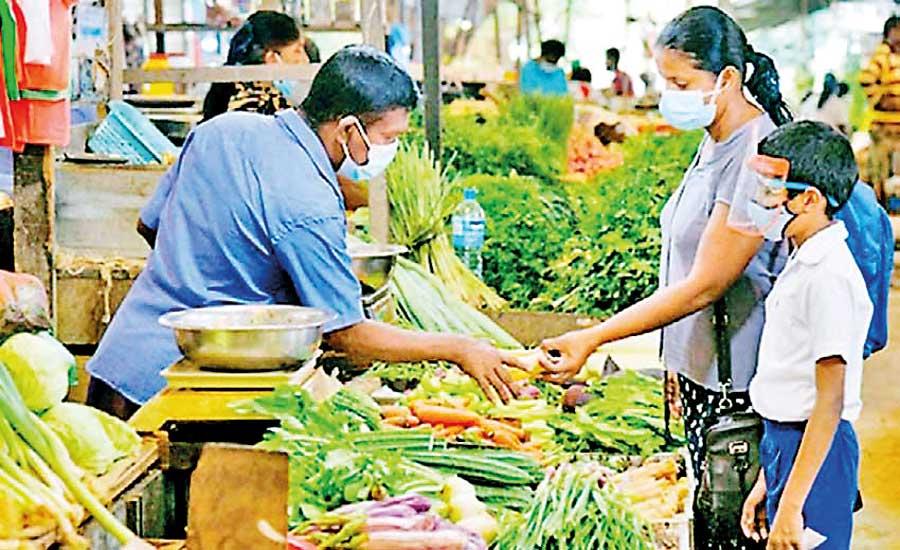22 Feb 2023 - {{hitsCtrl.values.hits}}

Inflation measured by the national prices eased in January from a year ago continuing the months-long streak of disinflation, but the price pressures still remain in the economy as prices rose from a month ago.
The National Consumer Price Index rose by 53.2 percent in January from a year ago, decelerating from 59.2 percent in December last year as both food and non-food prices eased from a year ago.
But, the prices measured on a monthly basis reversed course as January prices rose by 0.7 percent after remaining neutral in December reflecting the still persistent inflation impulses.
Price measured by the Colombo consumer price index for the same month also took the same trajectory as the index came in at 54.2 percent, easing from 57.2 percent a month earlier measured on an annual basis.
The consumer prices have been on a descent since peaking in September, but still the people are worse off financially as they still pay approximately 50 to 60 percent higher prices for the groceries they purchase from a year ago levels.
However, progress is made towards further easing and the Central Bank remains optimistic that the prices would return to its desired range of 4 to 6 percent by the end of this year on the back of mainly supply side factors and the higher base effects last year.
Meanwhile, core national inflation measured barring often volatile food, energy and transport rose by 52.0 percent in January, down from 57.5 percent in December reflecting still underlying price pressures in the economy.
Even globally, although the food and energy prices have come down from their recent peaks, the services side inflation remains sticky, and thereby prolonging Central Banks’ inflation fight to a few more months.
The food prices rose by 53.6 percent in the twelve months to January, decelerating from 59.3 percent through December 2022 and the non-food prices climbed 52.9 percent, easing from 59.0 percent.
The prices of clothing, private healthcare, excise books and stationary, and tuition fees rose somewhat faster than the rest.
02 Nov 2024 5 hours ago
02 Nov 2024 8 hours ago
02 Nov 2024 9 hours ago
02 Nov 2024 02 Nov 2024
01 Nov 2024 01 Nov 2024